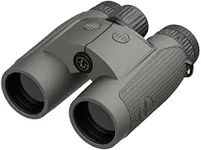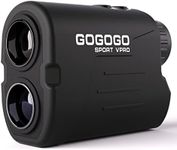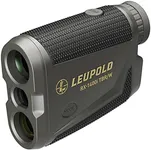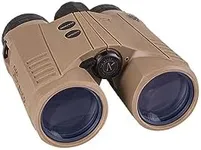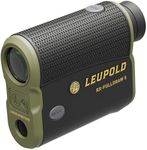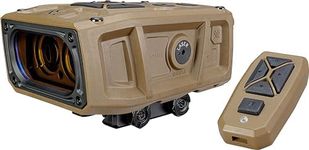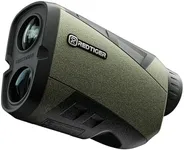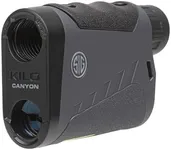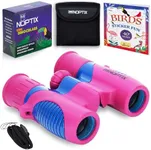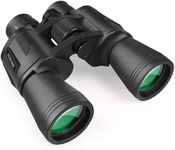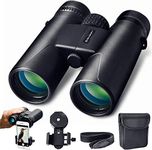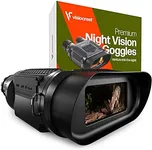Buying Guide for the Best Shooting Range Finder
Choosing the right shooting range finder can significantly enhance your shooting accuracy and overall experience. A range finder helps you determine the distance to your target, which is crucial for making precise shots. When selecting a range finder, it's important to consider several key specifications to ensure it meets your needs and preferences. Here are the key specs to look out for and how to navigate them.RangeThe range of a shooting range finder indicates the maximum distance it can measure accurately. This is important because it determines how far you can be from your target and still get a reliable reading. Range finders typically fall into three segments: short-range (up to 600 yards), mid-range (600-1200 yards), and long-range (over 1200 yards). If you are a hunter or shooter who engages targets at varying distances, choose a range finder that covers the maximum distance you expect to shoot.
MagnificationMagnification refers to how much closer the target appears through the range finder compared to the naked eye. This is important for identifying and focusing on distant targets. Magnification levels usually range from 4x to 8x. Higher magnification can be beneficial for long-range shooting, but it may also make the image shakier. Consider your shooting environment and target distance when choosing the right magnification.
AccuracyAccuracy is the degree to which the range finder's distance measurement is correct. This is crucial for making precise shots. Accuracy is typically measured in yards, with most range finders offering accuracy within +/- 1 yard. For competitive shooting or hunting, higher accuracy is essential. Ensure the range finder you choose provides the level of precision you need for your shooting activities.
Optical QualityOptical quality refers to the clarity and brightness of the image seen through the range finder. This is important for clear target identification, especially in low light conditions. High-quality optics will have multi-coated lenses that enhance light transmission and reduce glare. If you often shoot in varying light conditions, prioritize range finders with superior optical quality.
Size and WeightSize and weight determine how portable and easy to handle the range finder is. This is important for comfort and convenience, especially during extended use. Range finders come in various sizes and weights, from compact and lightweight models to larger, more robust ones. Consider how you plan to carry and use the range finder, and choose one that balances portability with the features you need.
DurabilityDurability refers to how well the range finder can withstand harsh conditions and rough handling. This is important for ensuring the device's longevity and reliability in the field. Look for range finders that are water-resistant, shockproof, and have a rugged build. If you frequently shoot in challenging environments, prioritize durability to ensure your range finder can handle the conditions.
Battery LifeBattery life indicates how long the range finder can operate before needing a recharge or battery replacement. This is important for uninterrupted use during extended shooting sessions. Battery life can vary significantly between models, with some offering several hours of continuous use. Consider how often and how long you plan to use the range finder, and choose one with a battery life that meets your needs.
